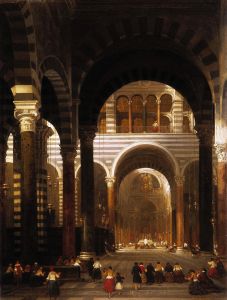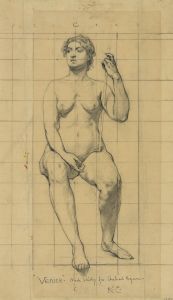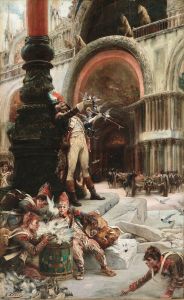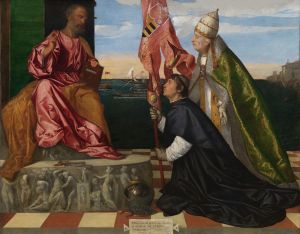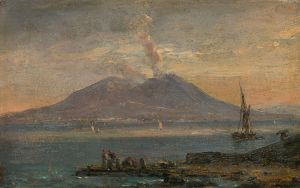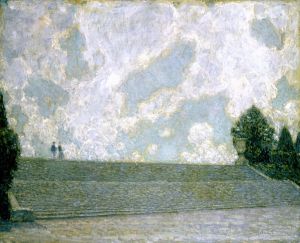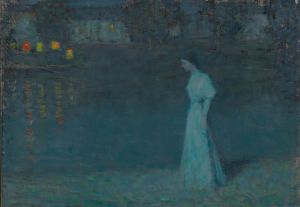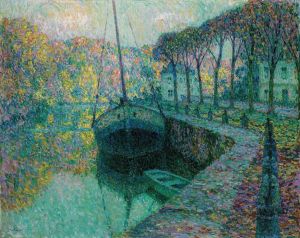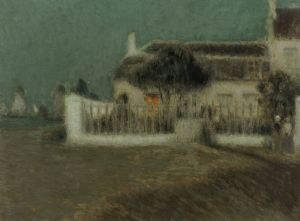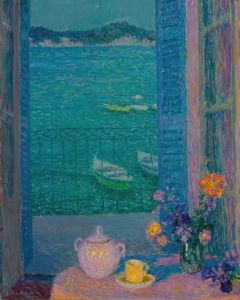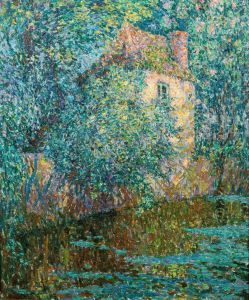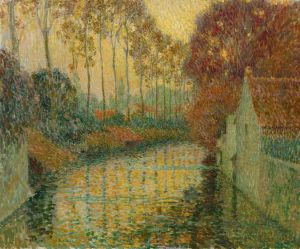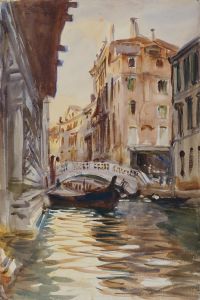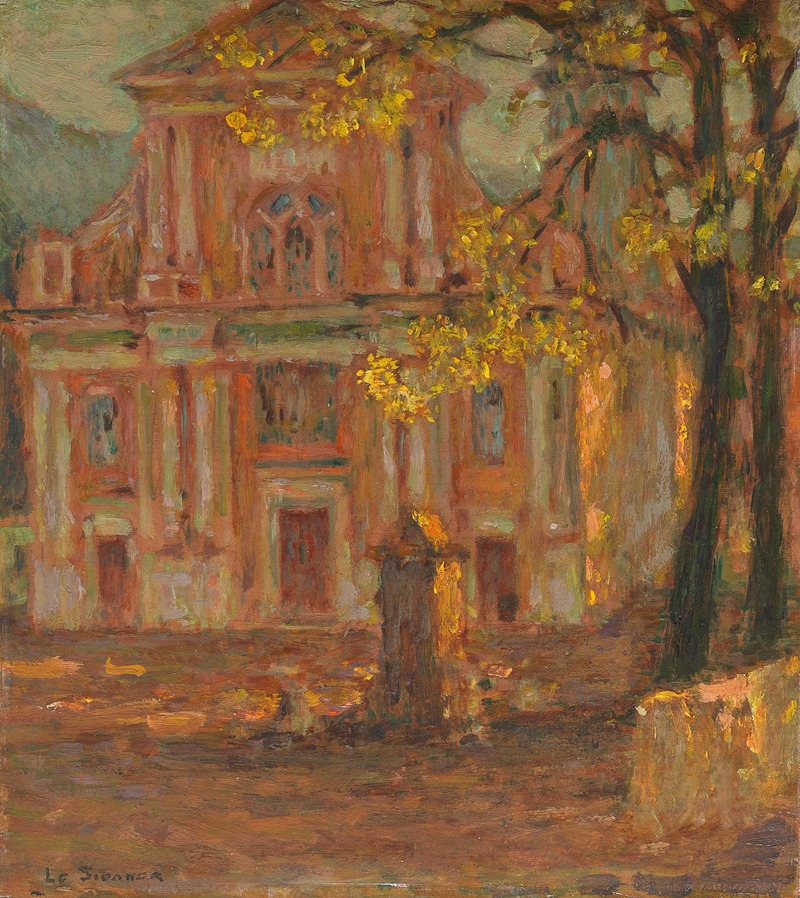
L’église, Dolceacqua
A hand-painted replica of Henri Le Sidaner’s masterpiece L’église, Dolceacqua, meticulously crafted by professional artists to capture the true essence of the original. Each piece is created with museum-quality canvas and rare mineral pigments, carefully painted by experienced artists with delicate brushstrokes and rich, layered colors to perfectly recreate the texture of the original artwork. Unlike machine-printed reproductions, this hand-painted version brings the painting to life, infused with the artist’s emotions and skill in every stroke. Whether for personal collection or home decoration, it instantly elevates the artistic atmosphere of any space.
Henri Le Sidaner was a French painter known for his post-impressionist style, which often depicted serene and atmospheric scenes. One of his works, "L’église, Dolceacqua," captures the essence of the small Italian village of Dolceacqua, located in the Liguria region near the French border. This painting is part of Le Sidaner's exploration of light and color, which he pursued throughout his career.
Le Sidaner was born in Port Louis, Mauritius, in 1862, and his family moved to France when he was a child. He studied at the École des Beaux-Arts in Paris and was influenced by the Impressionists, though he developed his own distinctive style. Unlike many of his contemporaries, Le Sidaner did not focus on urban scenes or the hustle and bustle of modern life. Instead, he preferred tranquil settings, often capturing the quiet beauty of gardens, churches, and small towns.
"L’église, Dolceacqua" is a testament to Le Sidaner's fascination with light and its effects on architecture and landscape. The painting depicts the church in Dolceacqua, a picturesque village known for its medieval architecture and the scenic beauty of its surroundings. Le Sidaner visited Dolceacqua during his travels in Italy, a country that inspired many artists with its rich history and diverse landscapes.
In this painting, Le Sidaner employs a soft palette and delicate brushwork to convey the peaceful atmosphere of the village. The church, a central element in the composition, is bathed in gentle light, highlighting its architectural features and creating a sense of timelessness. The use of light and shadow in the painting reflects Le Sidaner's interest in capturing the ephemeral qualities of a scene, a hallmark of his artistic approach.
Le Sidaner's work is often associated with the Symbolist movement, although he did not strictly adhere to its principles. His paintings evoke a sense of mystery and introspection, inviting viewers to contemplate the beauty and tranquility of the scenes he depicted. "L’église, Dolceacqua" exemplifies this quality, as it captures a moment of quiet reflection in a serene setting.
Throughout his career, Le Sidaner exhibited widely in France and internationally, gaining recognition for his unique style and contribution to post-impressionism. His works are held in numerous public and private collections, and he remains a respected figure in the history of art.
"L’église, Dolceacqua" is a fine example of Le Sidaner's ability to transform a simple scene into a work of art that resonates with viewers. Through his masterful use of color and light, he captures the essence of Dolceacqua and its church, inviting viewers to experience the tranquility and beauty of this Italian village.





